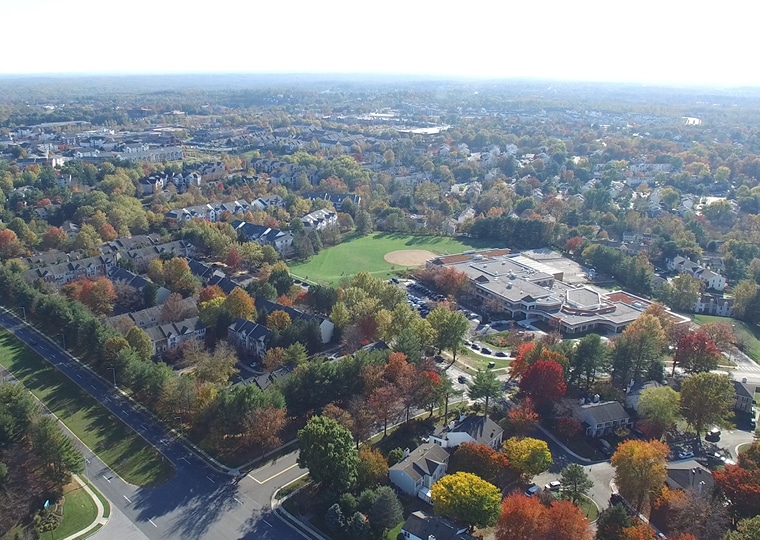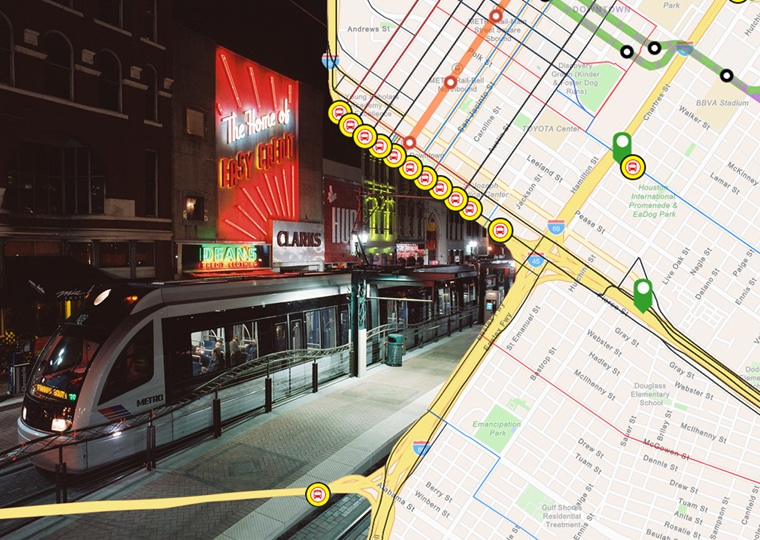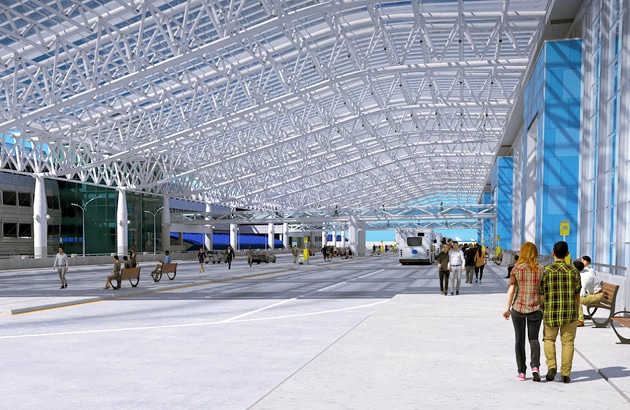
When video games first came out, a misguided concern was that they would rot kids’ brains. For me, they did the complete opposite. Today’s games feature realistic renderings of entire universes and can be played with someone halfway across the world. These intricate games have also provided infrastructure designers like me with the tools and inspiration to develop realistic renderings that are in turn used for design concepts, project phasing, solar studies, permit acquisition and proposals to clients.
Long before the COVID-19 pandemic and the health imperative to provide clients with virtual tours, STV used visualization software to integrate design concepts with drone photography and Google Earth 3-D snapshots. The drones take thousands of images that effectively create renderings that can then be ported into 360-degreetours or completely immersive 3-D gaming environments, resulting in a virtual walk-through of the area.
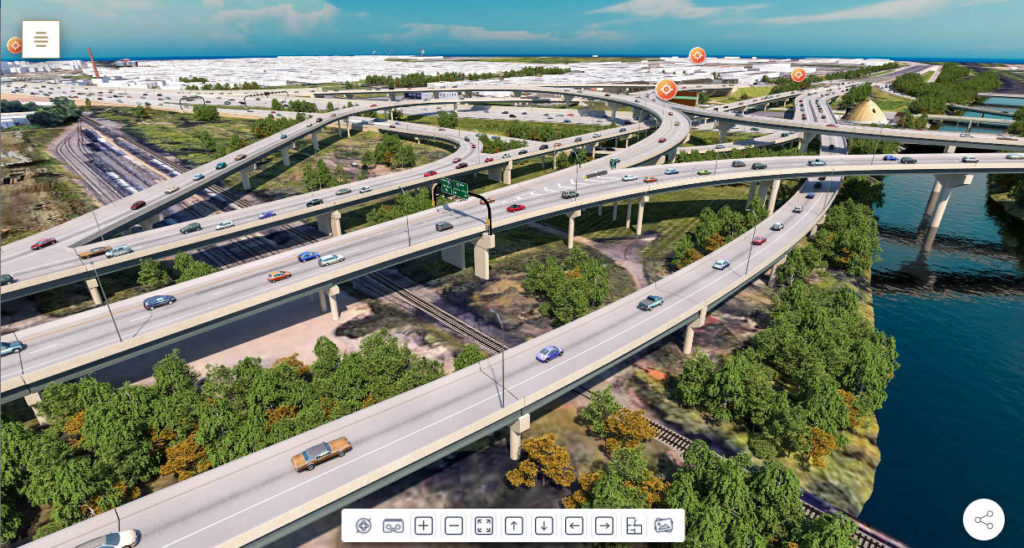
Visualization services became even more essential during the height of COVID-19. The STV team had to safely find ways to keep essential work moving forward. While people where sheltering in place we were finding new ways to use similar technology for our clients. Leveraging this technology to create realistic renderings was especially important in helping us support the client’s public involvement and hearing process, which had to transition to a virtual space during the pandemic.
STV’s visualization resources have benefitted our clients tremendously as more residents and community members are attending virtual meetings to provide feedback. To better serve this audience, we created virtual public hearing rooms as part of our services.
Virtual public hearing rooms help clients, communities and stakeholders stay engaged and connected while maintaining social distance. Unlike Zoom or other video conferencing tools, our fully customizable public hearing rooms are accessible 24/7 from any PC, tablet, or mobile device. Users can move freely throughout the room to view and gather information from each booth, just like role playing games.
This virtual platform provides enhanced accessibility and helps keep public and stakeholder meetings —and critical projects—moving forward. It can be built to include viewer engagement reporting and real-time data that captures public input and survey results.
It’s exciting that the virtual spaces that originated because of COVID-19 can now supplement or enhance “the new normal.” No matter an individual’s scheduling hurdles, accessibility challenges or language barriers, they can have access to everything they need in the virtual public hearing room.
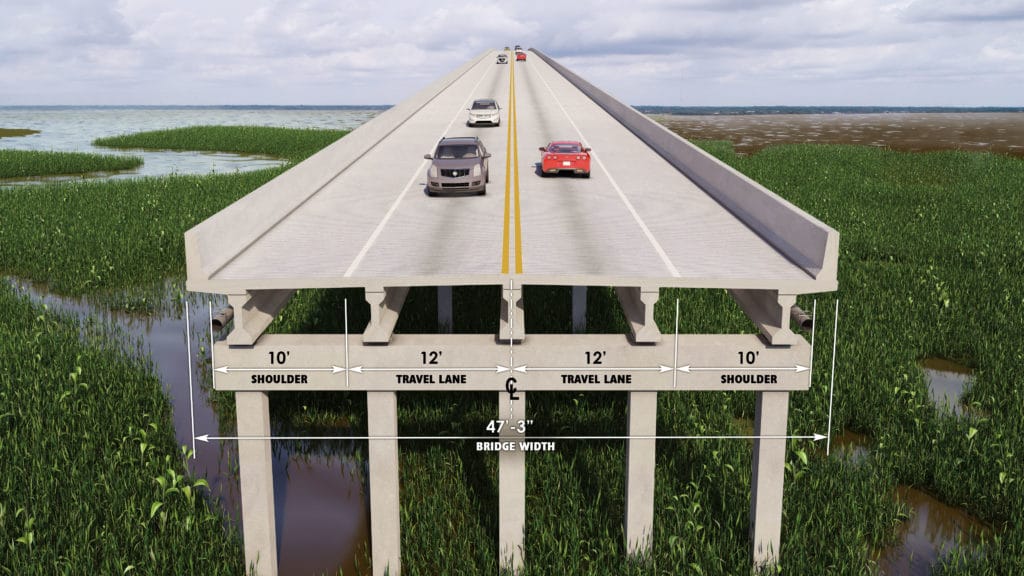
It’s also gratifying that a long-time hobby and passion that dates back to my childhood has create innovation at the professional level that helps advance so many important programs that stand to shape our nation’s infrastructure needs well into the future.

Chris Parker serves as engineering technician in the firm’s Charlotte office. He has more than 25 years of experiences as a 3-D visualization specialist and has assisted with major capital projects for major highway, aviation, commercial, and residential sectors.

